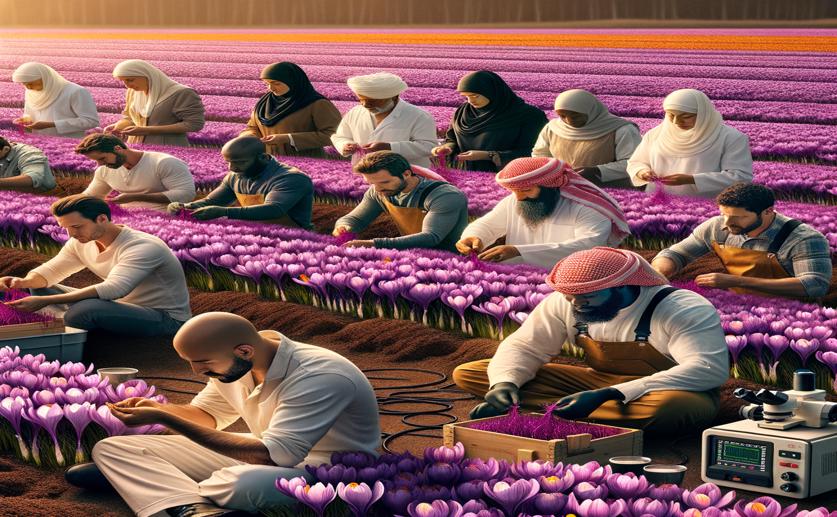
Saffron from New Growing Areas: Farmer Insights and Quality Analysis
Jenn Hoskins
21st June, 2024

Image Source: Natural Science News, 2024
Key Findings
- The study focused on saffron quality and yield in Taliouine, Morocco, and other regions
- Saffron quality varies significantly between Taliouine and other regions, with Taliouine samples generally showing higher crocin, picrocrocin, and safranal levels
- Factors like altitude, humidity, and cultural practices significantly influence saffron quality, with higher altitudes correlating with better quality
References
Main Study
1) Saffron of Taliouine and new extension areas in Morocco: farmers surveys and physicochemical analysis
Published 20th June, 2024
https://doi.org/10.1007/s44187-024-00119-2
Related Studies
2) Identification and possible role of a MYB transcription factor from saffron (Crocus sativus).
3) Determination of total safranal by in situ acid hydrolysis in supercritical fluid media: Application to the quality control of commercial saffron.
Journal: Analytica chimica acta, Issue: Vol 578, Issue 2, Sep 2006



 29th February, 2024 | Jenn Hoskins
29th February, 2024 | Jenn Hoskins